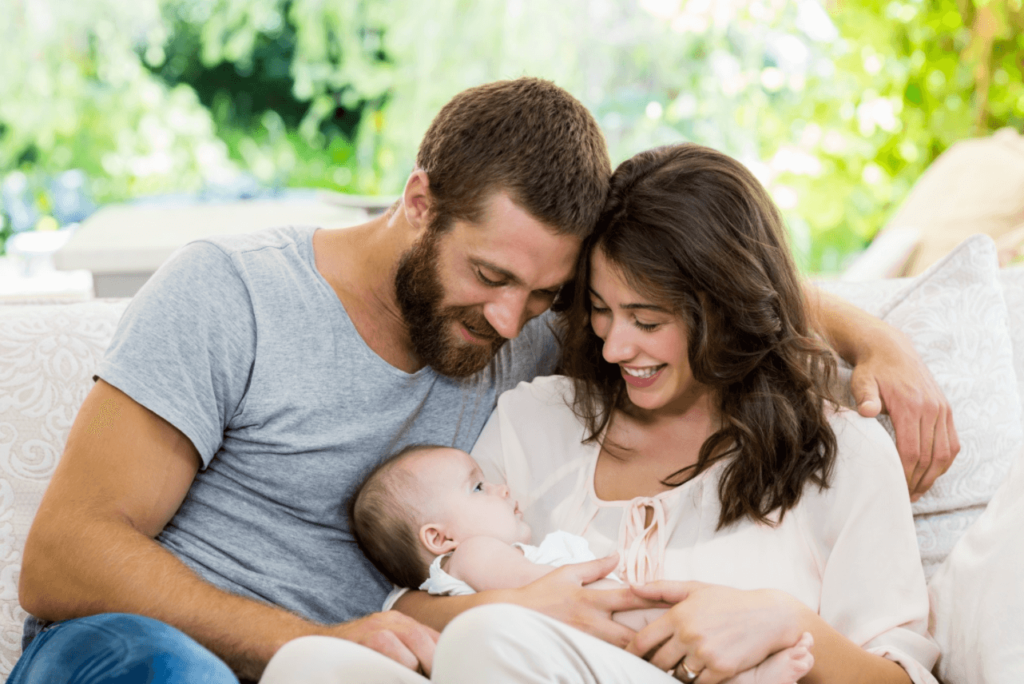
Becoming a parent is a monumental milestone in anybody’s life. It is also one of the scariest challenges they’re going to face for a lot of people, especially if this is your first child.
Looking after a child can be daunting and, at some points, confusing, as there are so many small little details that you need to get right to help nurture a child and keep them safe. With this guide that’s going over both the basics and often most forgotten about aspects of looking after a newborn baby, you should be as prepared as you can be for taking the challenge of rearing a child. These following tips can help make even the most apprehensive first-time parent far more confident and assured that they’re going to do a good job for their new, precious bundle of joy.
Get Support After the Birth
The most hectic period of looking after a child is potentially right after it is born. Since both parents have gone through a grueling period of childbirth and that the mother is recovering from the ordeal, it’s worth being open and accepting of support. Trying to learn how to hold, burp, feed, and simply manage the child can be overwhelming, making things easier for yourself to try and build a support network with those who can provide aid.
Of course, you don’t want to expose your newborn baby to too many people at first, as this can increase risk the amount of germs the baby is introduced to, but having a couple of close family or friends who can take the reins and show you the ropes is really helpful.
Another option is to get in what is called a family nurse practitioner (FNP). These nurses conduct house visits and simply provide aid in all the main tasks that are involved in childbirth and offer a great deal of support. FNP nurses are extremely well trained, and all need to be registered to become active, so hiring one can help you obtain early confidence in your childcare techniques.
How to Handle a Newborn
One of these first things new parents want to be able to do is hold their new child close to them; however, the baby’s fragility and small size may be intimidating. To make you feel more comfortable with holding a newborn child, here are a few basics you need to remember:
1. Wash Your Hands
Before you or anyone else touches your baby, be sure that you wash your hands with soap for over twenty seconds. This is to protect the child from the risk of any nasty infections, as because they’re young, they haven’t got a well-developed immune system yet, so keeping your hands clean is essential.
2. Support Your Baby’s Head and Neck
Young babes don’t have the strength to support their heavy heads just yet, so it’s important to cradle their head when holding them so that it’s upright and isn’t causing their joints any stress. Be sure also to cradle their head when you’re setting them down on a bed too.
3. Don’t Shake Them
It’s critical that you’re gentle with a newborn baby and never, ever shake them, whether that’s in play or in frustration. This is because shaking can cause bleeding in the brain and even death, as it can genuinely cause their brain to rattle around in their skull. This also means that you should not bounce them on one knee or throw them in the air to catch them just yet, and you shouldn’t shake a baby to wake them up too. Instead, simply tickle their feet or blow air gently on their cheek.
To further prevent the risk of shaking, ensure that your baby is securely fastening in carriers, strollers, or car seats properly, and to limit any activity that can be a bit rough and bouncy.
How to Bond With a Baby
Bonding with a new child is perhaps one of the most pleasureful aspects of looking after a young baby, but there are very distinct ways you should do this. Bonding helps contribute to your child’s emotional growth, so this must be done both frequently and in the correct manner to help its later development, such as growth.
The best way to bond with a child is to simply cradle them and stroke them in alternating patterns, not too dissimilar to stroking a small animal. You should also try ‘skin-to-skin’ bonding where both yourself and your partner equally hold your baby against your own skin while feeding it. This can help build a deeper connection with your child. Be sure to talk, sing, and coo while bonding, as babies love audio stimulus, and this can also be a reason why so many babies respond well to music.
You can also try a technique called swaddling, which can be beneficial in calming a child and limiting its startle reflex, making it sleep easier. This is where you wrap your baby up in a blanket in a specific way, but it’s important to follow the correct steps on how to do this as doing it wrong and wrapping them too tightly can hurt their hips. Swaddling should also not be done to babies over two months, as at this stage they’re able to roll over while swaddled, which can increase the risk of SIDS.
Diapers 101
Now we’re on to the messy part, and perhaps the part that fills most new parents with the most dread, but learning how to change diapers and apply them correctly is important, as your little one can go through one up to 10 times a day.
Before starting, make sure you have all the supplies you need, such as a clean diaper, ointment, and wipes. When a baby’s diaper is wet or after each bowl movement, you’ll want to lay your baby flat on their back and remove the diaper. Make sure to gently wipe the child’s under area with wipes to ensure that it’s clean and all mess is accounted for. Be careful with boys as exposure to air may make them urinate and for girls, be sure to wipe from front to back to avoid any UTIs.
Be wary about the potential of diaper rash as this is common and can be extremely uncomfortable for your child. To prevent this, change their diaper often and clean the area with mild soap and water regularly. Using cloth diapers is better at reducing rash as well, but letting your child go without a diaper can help their skin air out, but is a risky tactic.




More Stories
A Helpful Guide for Packing Ahead of the Move to a Care Home
Ace the Game: Tactical Strategies for Baccarat Success
Preparing Your Loved One for Care Home Living